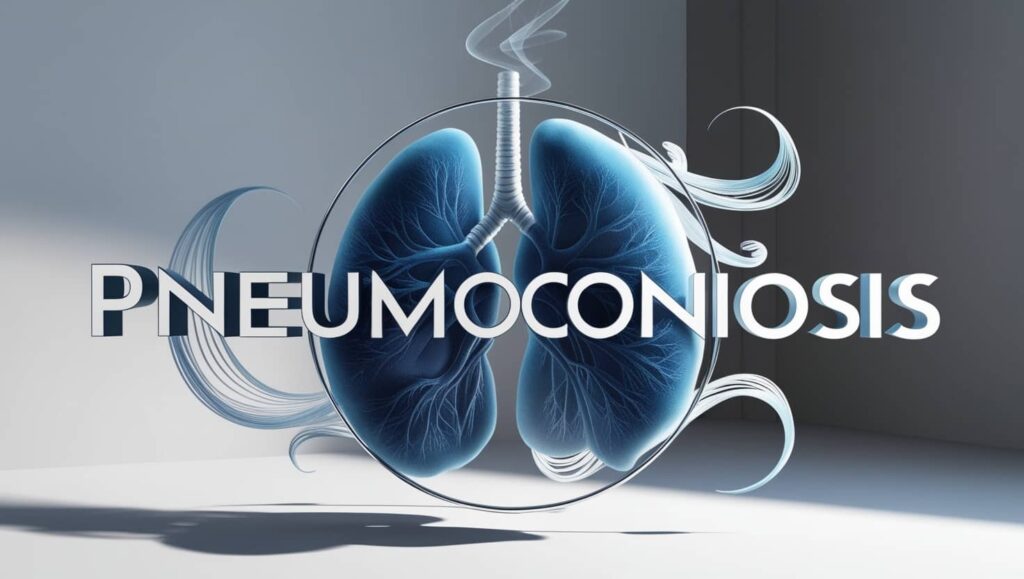Metal fume fever is an acute disability caused by inhaling fumes from a metal heated above its melting point.
The most prevalent of these metals are zinc, copper, and magnesium.
It is caused by the deposition of fine metal particulates in the alveoli.
Causes of Metal Fume Fever
The primary cause is zinc oxide fume produced by cutting, welding or brazing galvanized steel.
Metals Associated With MFF
- Zinc (most common).
- Magnesium.
- Copper.
- Copper zinc alloy (brass)
- Aluminum.
- Silver.
- Manganese.
- Antimony.
- Magnesium.
- Lead.
- Nickel.
- Chromate.
- Cadmium.
- Titanium.
- Selenium.
- Arsenic.
- Tin.
- Thorium.
- Cobalt.
- Iron.
- Arsenic.
- Vanadium.
- Beryllium.
- Boron.
Symptoms of Metal Fume Fever
Metal fume fever is characterized by the acute onset (usually within 3-12 hours of welding galvanized steel).
There are respiratory and systematic symptoms in MFF.
Respiratory Symptoms
- Cough.
- Shortness of breath.
- Wheezing.
- Chest tightness.
Systemic Symptoms
- Fever.
- Chills.
- Rigor.
- Myalgias.
- Malaise.
- Dry parched throat.
- Thirst.
- Metallic or sweet taste in the mouth.
- Nausea.
- Loss of appetite.
- Headache.
Symptoms resolve spontaneously within 24-48 hours of exposure.
Continuous exposure leads to the development of tachyphylaxis during the workweek, as patients usually report symptoms at the beginning of the week that subside or disappear entirely by the end of the week.
New employees, as well as those who have been off for the weekend or a week’s vacation, are at the highest risk.
Once back at work, they develop symptoms upon re-exposure following a 2–3 day period of abstinence.
Related: Occupational Health Surveillance | Program, Purpose, and Benefits
Prevention of Metal Fume Fever
Alternative cutting methods (thermal and non-thermal) are available.
Cutting with the proper nozzle.
Turning off the torch during periods of inactivity.
Methods for capturing fumes include local exhaust ventilation.
Wearing the proper respiratory protective equipment.
Training and information, such as advice on hygiene (hand washing and avoiding eating or smoking in the workplace), as well as other risk controls.
Treatment of Metal Fume Fever
Treatment is symptomatic.
The disease is benign and self-limited, and full recovery usually occurs within 24 hours of removal from exposure.
Repeated exposure commonly results in the development of tolerance, which is lost upon cessation of exposure.
Read More Information About: Occupational Health
Summary
Metal fume fever is an acute disability caused by inhaling fumes from a metal heated above its melting point.
The primary cause is zinc oxide fume produced by cutting, welding or brazing galvanized steel.
Symptoms include cough, shortness of breath, wheezing, chest tightness, fever, chills, rigor, myalgias, malaise, dry parched throat, thirst, metallic or sweet taste in the mouth, nausea, loss of appetite, and headache.
To prevent metal fume fever, use alternative cutting methods (thermal and non-thermal), cutting with the proper nozzle, and provide training and information, such as advice on hygiene (hand washing and avoiding eating or smoking in the workplace), as well as other risk controls.
Treatment is symptomatic, the disease is benign and self-limited, and full recovery usually occurs within 24 hours of removal from exposure.
References
- Sadhra, S. S., Bray, A., & Boorman, S. (2022). Oxford Handbook of Occupational Health. Oxford University Press.
- Karmis, M. (2009). Mine Health and Safety Management. Society for Mining, Metallurgy and Exploration Incorporated.
- Nordberg, G. F., & Costa, M. (2022). Handbook on the toxicology of metals. Elsevier, Academic Press.
- Spagnolo, S. V., & Medinger, A. (1986). Handbook of Pulmonary Emergencies. Plenum Medical Book Co.
- Harbison, R. D. (2015). Hamilton & Hardy’s industrial toxicology. John Wiley.
Yusuf Saeed
Pharmacist | Medical Writer & Translator
Yusuf Saeed graduated from the Arab Academy for Science and Technology and Maritime Transport with a B.Sc. in Pharmaceutical Sciences. His passion for research and healthcare communication led him to specialize in medical writing and translation. Yusuf is committed to delivering accurate, well-researched content that empowers readers with reliable medical information and bridges language gaps in healthcare education.
As the founder of Medserene, Yusuf Saeed established the platform with a vision to provide trustworthy medical content and accessible healthcare information. His mission is to create a reliable resource that empowers readers to make informed decisions about their health and well-being. Driven by his passion for clear communication and healthcare education, Yusuf aims to bridge the gap between medical knowledge and everyday understanding.







